By Ilana Polyak
Has the high cost of food put you on a long-term diet? Before you give up eating entirely, here's something that may not whet your appetite but will certainly boost your portfolio: Along with food prices, the price of fertilizer is also soaring. That's provided a terrific wind at the back of a trio of fertilizer companies: Agrium (symbol AGU), Mosaic (MOS) and Potash Corp. of Saskatchewan (POT).
To meet the soaring demand for food -- especially from developing countries -- farmers are looking to increase crop yields. As a result, the fertilizer companies keep upping their earnings forecasts, and the stocks continue to hit new highs even as the rest of the market founders. Shares of Agrium, which closed at $112.45 on June 23, are up fivefold since August 2006. Mosaic, at $150.67, is up more than tenfold since July 2006. At $236.25, Potash shares are nearly 8.5 times greater than their July 2006 price.
From just $107.88 $24.99 for Kiplinger Personal Finance
Become a smarter, better informed investor. Subscribe from just $107.88 $24.99, plus get up to 4 Special Issues

Sign up for Kiplinger’s Free Newsletters
Profit and prosper with the best of expert advice on investing, taxes, retirement, personal finance and more - straight to your e-mail.
Profit and prosper with the best of expert advice - straight to your e-mail.
World fertilizer prices soared 200% in 2007, according to the International Fertilizer Development Center. In the first three months of 2008 alone, the price doubled for potash, a key fertilizer used for growing a variety of fruits and vegetables. Prices for nitrogen and phosphate, the other two main fertilizer components, have also risen vastly, although not by as much.
Not great news for consumers, who are also absorbing other costs associated with food production, such as the rising price of the diesel fuel used to transport crops from field to table. But these are happy days for fertilizer manufacturers, especially those that mine the raw materials and make the final products, which Agrium, Mosaic and Potash do.
Why are fertilizers suddenly so hot?
First, people in developing nations are using their increasing wealth to upgrade their diets. As incomes in places such as Brazil, China and India rise, people will want more protein-rich foods, such as meat and eggs, and that means more grain for the animals that provide those foods.
At the same time, the amount of land around the world used for food production is declining. "You still need to feed 1.3 billion people in China, and the only way to do that is to improve the yield of the land," says Lei Wang, co-manager of the Thornburg International Value fund.
U.S. ethanol policy is also spurring the fertilizer boom. Uncle Sam has mandated that more of the biofuel (6.1 billion gallons in 2009 and 7.5 billion in 2012) be used to dilute gasoline, so farmers are boosting production of corn, the crop that is largely used to make ethanol in the U.S.
An imbalance between supply of fertilizer and demand is likely to continue for some time. "It will take another five to seven years for any new mining sites to come on board," says Thornburg fund manager Wang.
These trends are likely to provide just the right growing conditions for fertilizer companies and their stocks for the foreseeable future. "High prices of commodity crops result in farmers being concerned about maximizing yield rather than controlling costs, pushing the rest of the inputs, such as agricultural chemicals, higher," Goldman Sachs analysts wrote in a recent report.
As a result, Agrium, Mosaic and Potash have posted some stupefying numbers over the past year, and there's no indication yet that earnings growth is about to slow down. For example, analysts on average expect Potash to earn $11.34 per share this year and $18.43 in 2009, according to Thomson Financial, compared with actual profits of $3.36 per share in 2007. Mosaic was expected to have earned $4.19 per share in the fiscal year that ended in May; analysts see $12.83 per share in the year that ends next May.
On the surface, the stocks don't look especially cheap. Potash sells for 21 times expected 2008 earnings and Agrium for 14 times estimated '08 profits of $8.18 per share. Mosaic sells for 18 times estimated profits of $8.54 per share for the 12 months that end next November. But with strong profit growth apparently baked into the cake, the stocks should continue to flourish. "They are a little bit rich, but when you look at earnings growth in the triple digits, the share prices are pretty justified," says Shawn Price, manager of Touchstone Large Cap Growth fund.
Profit and prosper with the best of Kiplinger's advice on investing, taxes, retirement, personal finance and much more. Delivered daily. Enter your email in the box and click Sign Me Up.
-
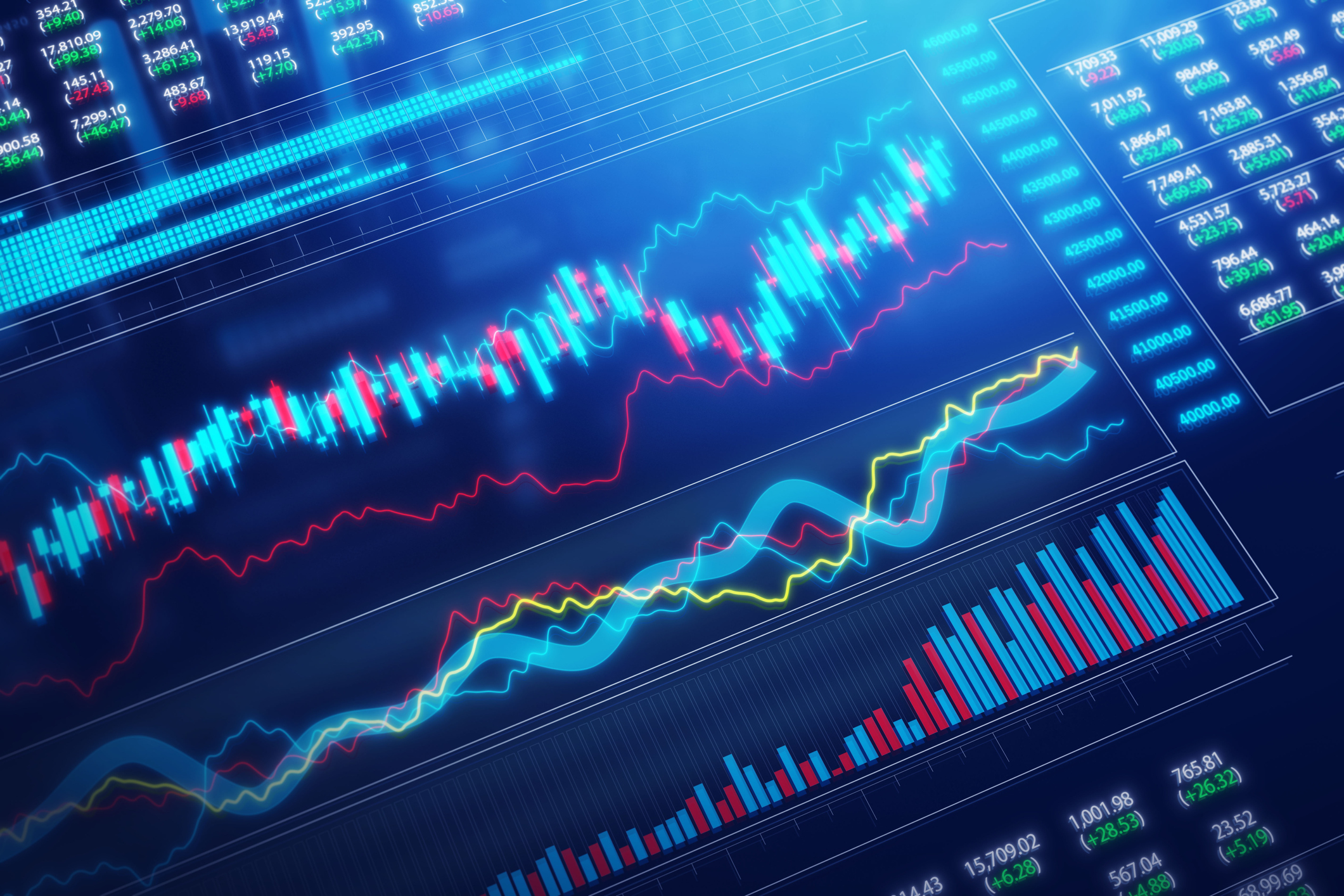 Nasdaq Leads as Tech Stages Late-Week Comeback: Stock Market Today
Nasdaq Leads as Tech Stages Late-Week Comeback: Stock Market TodayOracle stock boosted the tech sector on Friday after the company became co-owner of TikTok's U.S. operations.
-
 Disney’s Risky Acceptance of AI Videos
Disney’s Risky Acceptance of AI VideosThe Kiplinger Letter Disney will let fans run wild with AI-generated videos of its top characters. The move highlights the uneasy partnership between AI companies and Hollywood.
-
 Ask the Editor: Itemized Deductions
Ask the Editor: Itemized DeductionsAsk the Editor In this week's Ask the Editor Q&A, Joy Taylor answers questions on itemized deductions claimed on Schedule A of Form 1040
-
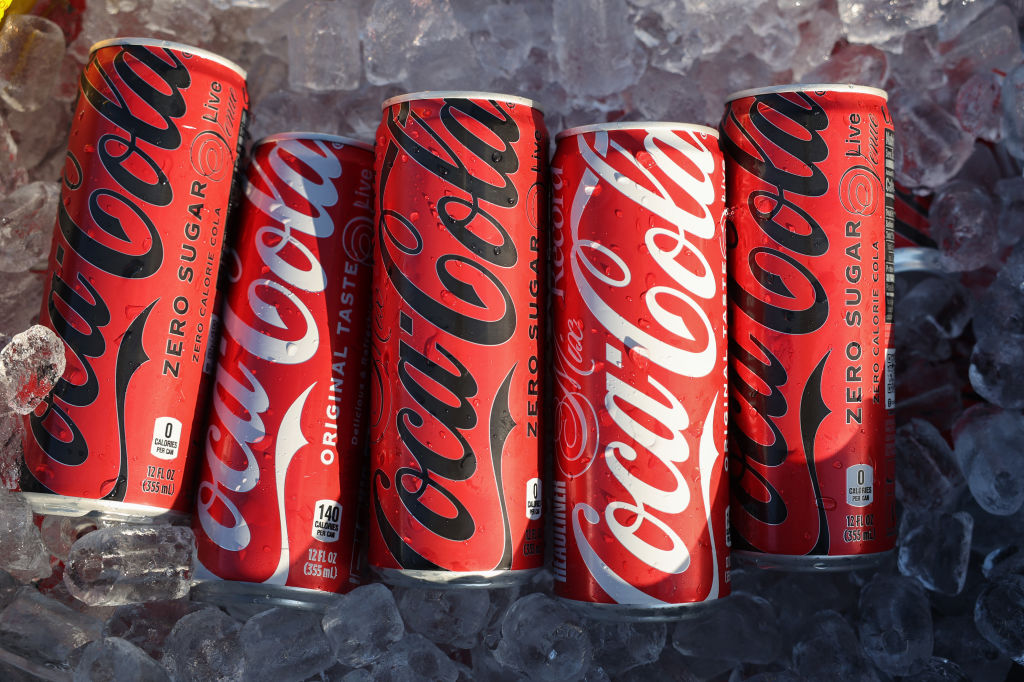 If You'd Put $1,000 Into Coca-Cola Stock 20 Years Ago, Here's What You'd Have Today
If You'd Put $1,000 Into Coca-Cola Stock 20 Years Ago, Here's What You'd Have TodayEven with its reliable dividend growth and generous stock buybacks, Coca-Cola has underperformed the broad market in the long term.
-
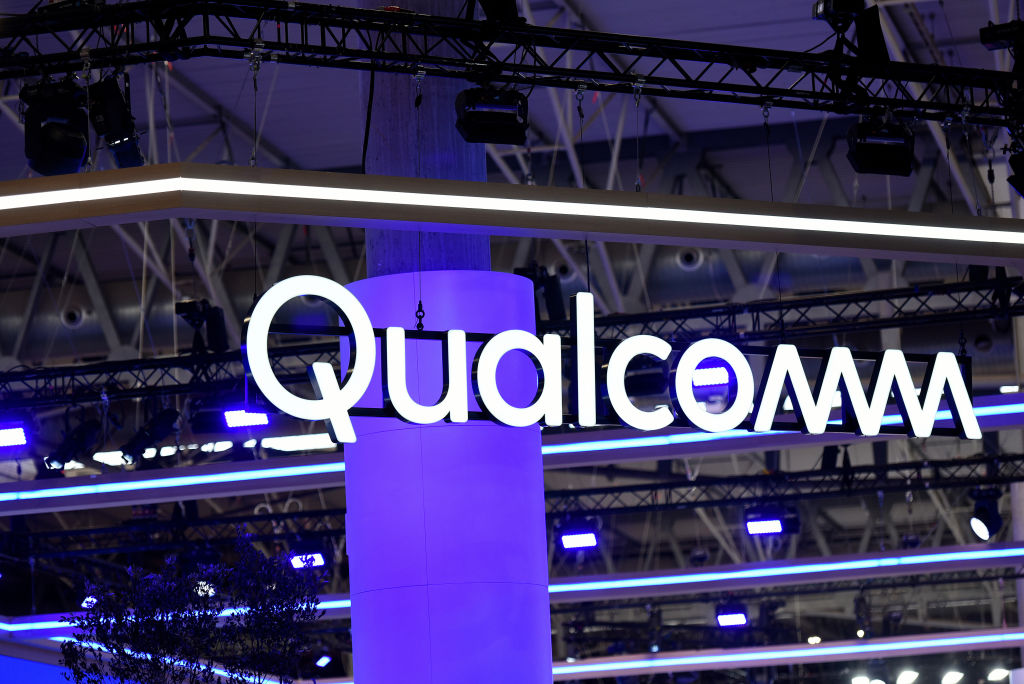 If You Put $1,000 into Qualcomm Stock 20 Years Ago, Here's What You Would Have Today
If You Put $1,000 into Qualcomm Stock 20 Years Ago, Here's What You Would Have TodayQualcomm stock has been a big disappointment for truly long-term investors.
-
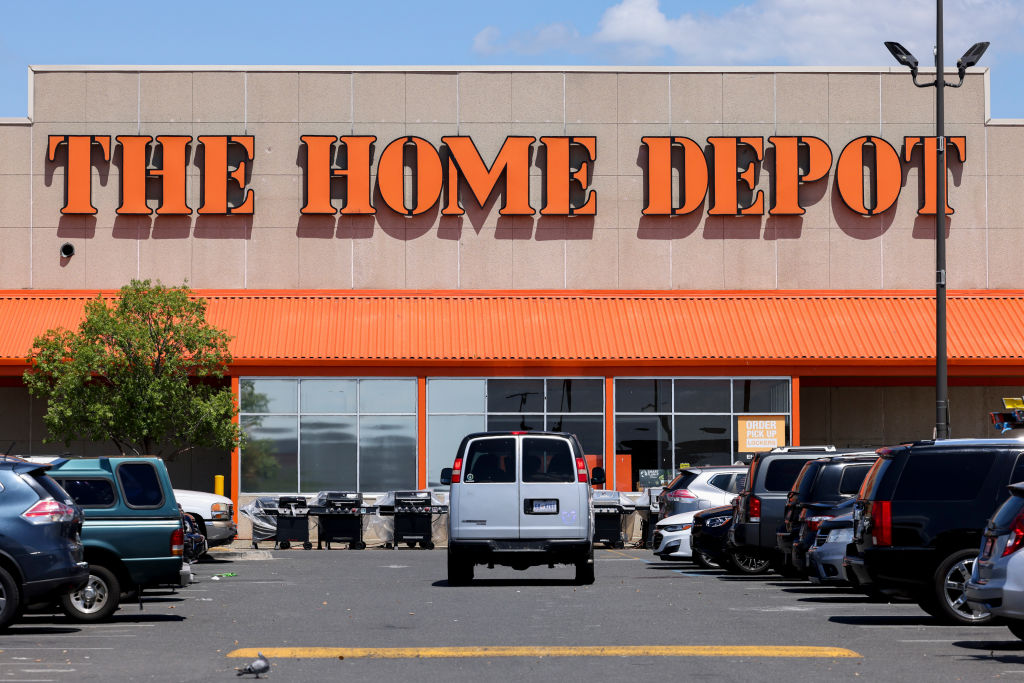 If You'd Put $1,000 Into Home Depot Stock 20 Years Ago, Here's What You'd Have Today
If You'd Put $1,000 Into Home Depot Stock 20 Years Ago, Here's What You'd Have TodayHome Depot stock has been a buy-and-hold banger for truly long-term investors.
-
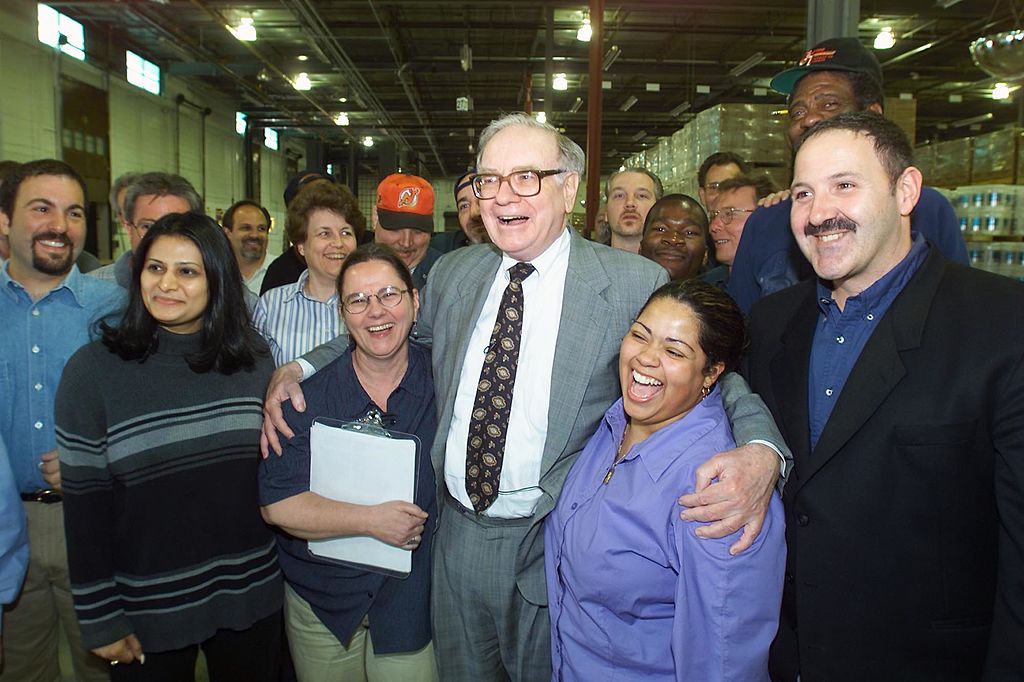 What the Rich Know About Investing That You Don't
What the Rich Know About Investing That You Don'tPeople like Warren Buffett become people like Warren Buffett by following basic rules and being disciplined. Here's how to accumulate real wealth.
-
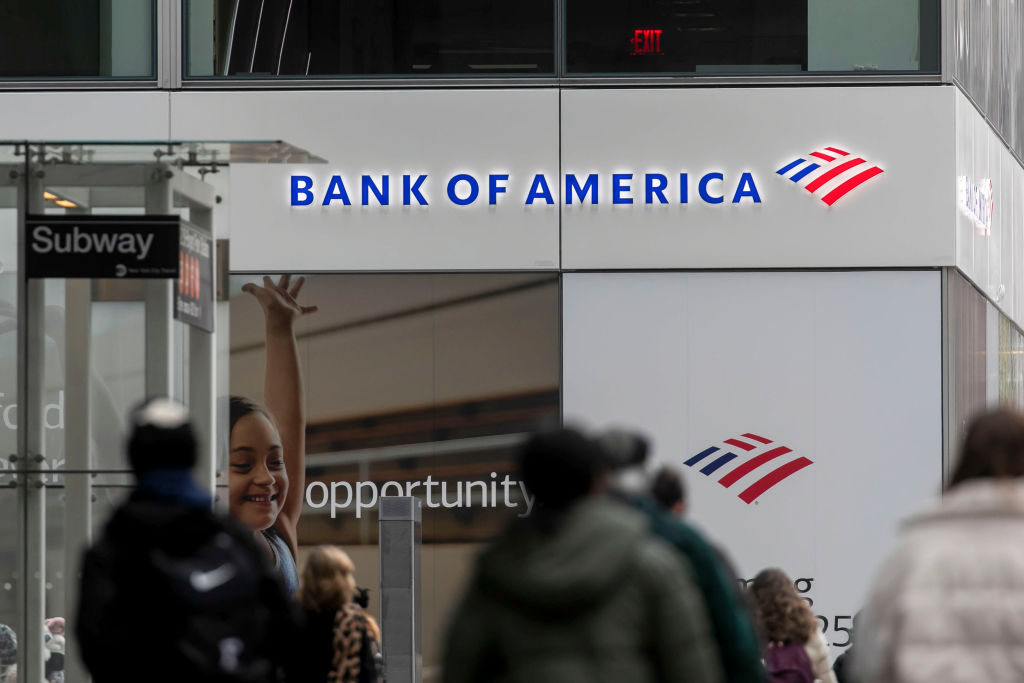 If You'd Put $1,000 Into Bank of America Stock 20 Years Ago, Here's What You'd Have Today
If You'd Put $1,000 Into Bank of America Stock 20 Years Ago, Here's What You'd Have TodayBank of America stock has been a massive buy-and-hold bust.
-
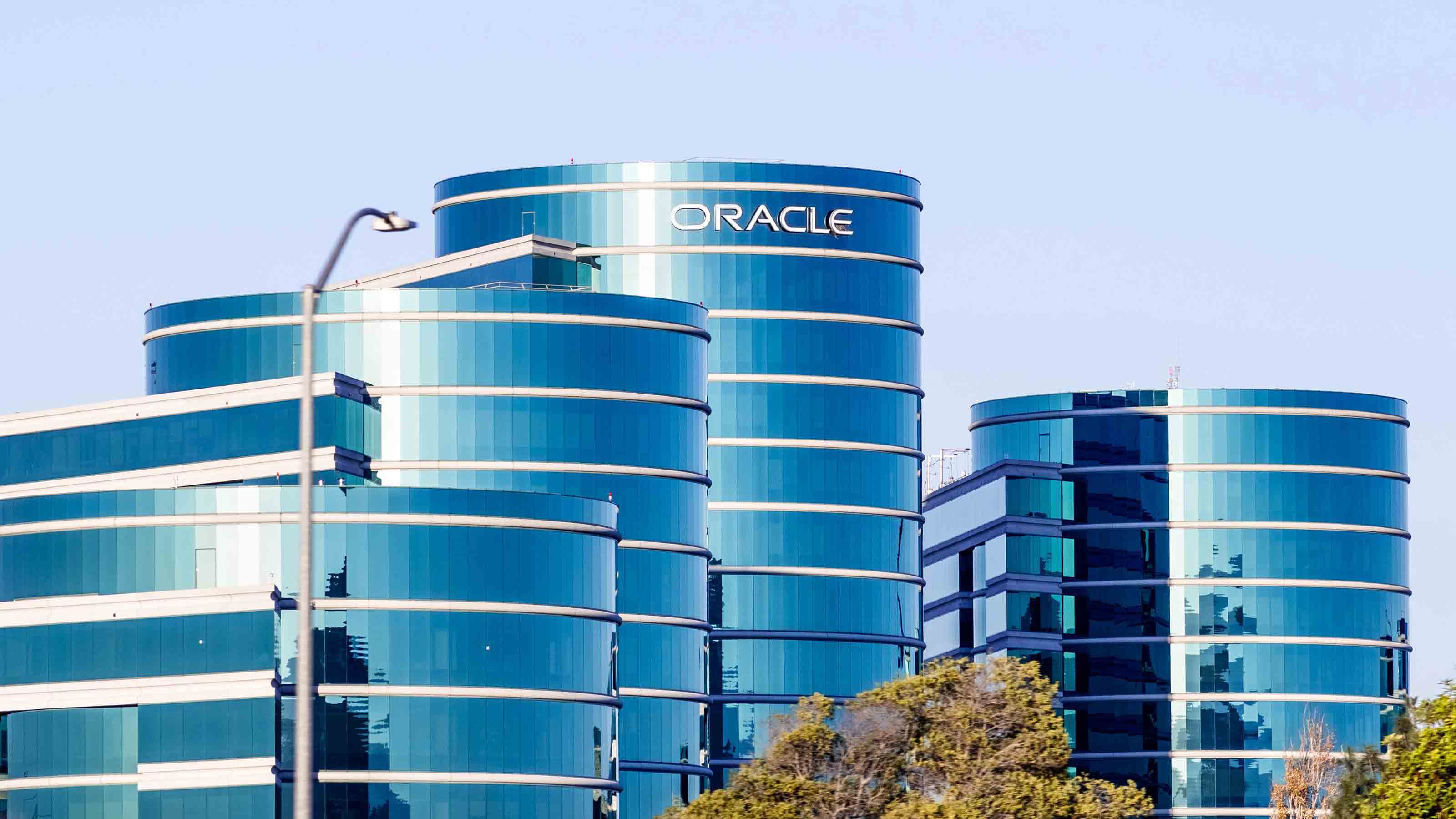
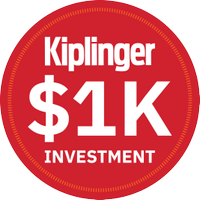 If You'd Put $1,000 Into Oracle Stock 20 Years Ago, Here's What You'd Have Today
If You'd Put $1,000 Into Oracle Stock 20 Years Ago, Here's What You'd Have TodayORCL Oracle stock has been an outstanding buy-and-hold bet for decades.
-
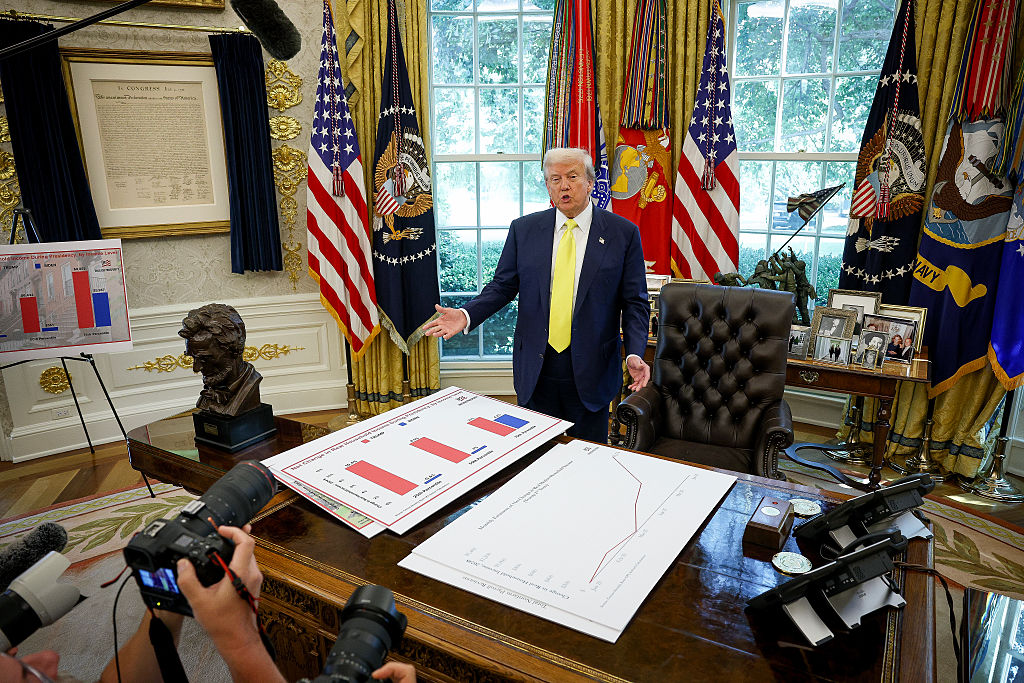 How to Invest for Rising Data Integrity Risk
How to Invest for Rising Data Integrity RiskAmid a broad assault on venerable institutions, President Trump has targeted agencies responsible for data critical to markets. How should investors respond?
-
 If You'd Put $1,000 Into Sherwin-Williams Stock 20 Years Ago, Here's What You'd Have Today
If You'd Put $1,000 Into Sherwin-Williams Stock 20 Years Ago, Here's What You'd Have TodaySherwin-Williams stock has clobbered the broader market by a wide margin for a long time.